-
highlight

Breaks in DNA cause a cascade of intercellular responses including the activation of the Mre11/Rad50/Nbs1 (MRN) complex. This complex attaches ...
-
highlight
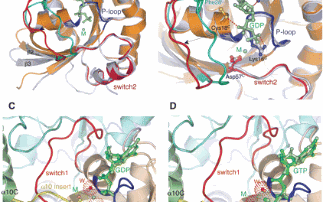
A critical step involved in regulating the cytoskeleton and cell signalling is the activation of Rho guanosine triphosphatases (GTPases), ...
-
highlight
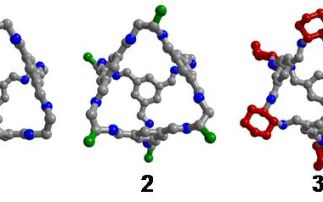
Porous materials are important in a wide range of applications including catalysis and storage of gases such as carbon dioxide, a major ...
-
highlight
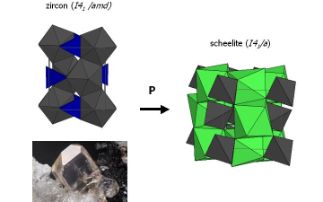
Orthovanadates have recently emerged as promising optical materials for birefringent solid-state laser applications. They can be also used in a ...
-
highlight
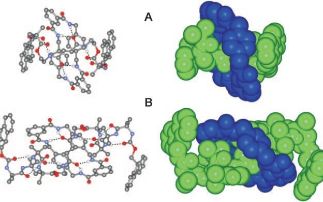
Rotaxanes are tiny molecular structures where a central straight molecule passes through a macrocycle, making a molecular machine in the shape of ...
-
highlight

How can a disease that affects one species such as birds transfer to another such as humans? In the case of influenza, the answer could lie in a ...
-
highlight
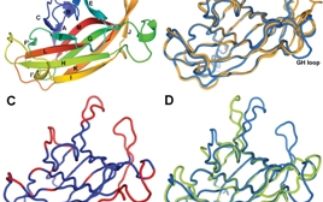
EphA4 is a protein which is attached to the surfaces of many types of human cells and plays a role in a wide range of biological processes. EphA4 ...
-
highlight
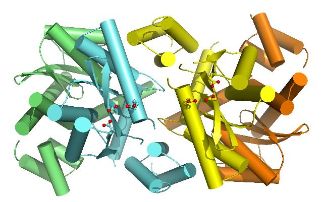
Understanding how viruses such as HIV function is vital in the search for more effective antiviral medicines, as well as opening up novel ...
-
highlight
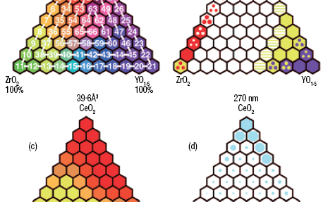
Since the Stone Age humans have been adept at selecting materials for specific tasks based on the material’s properties. With the discovery of ...
-
highlight
The self-assembly of peptides into fibrils is commonly observed. Such fibrils may have biological roles and may also be useful in nanotechnology ...
-
highlight
%20hydrogen.jpg)
Hydrogen is difficult to store or transport with current technology. Hydrogen gas has good energy density by weight, but poor energy density by ...
-
highlight
Many nanotechnology and biotechnology applications rely on how tiny metal particles arrange themselves on flat surfaces. These patterned ...
-
highlight
Understanding the deformation of polycrystalline structural materials is the key to improving performance and reliability of complex engineering ...
-
highlight
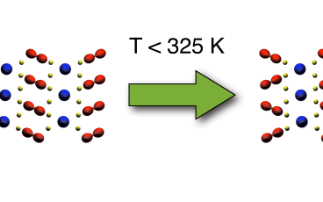
Transition metal oxides are an intriguing class of materials since it is possible to drastically modify their properties by changing their ...
-
highlight
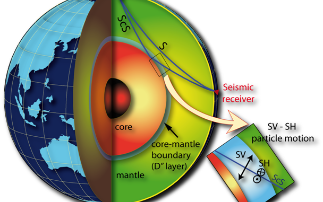
The impact earthquakes have on the planet’s surface is well documented. However, much less is known about what happens deep in the planet’s ...
-
highlight
%20diamond-ltas%20-%20R%20Lewis.png)
Researchers at Newcastle University’s Institute for Cell and Molecular Biosciences are regular users of Diamond’s MX beamlines. One of the ...
-
highlight

Before we are born, each and every one of us is enveloped by membranes and fluid that ensure our safe development and protect us from the external ...
-
highlight
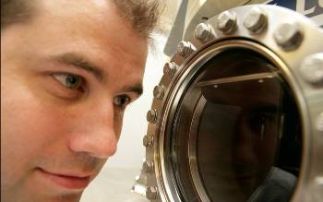
Extending our knowledge of how magnetic materials behave on an atomic scale has led to considerable technological advances, particularly in the ...